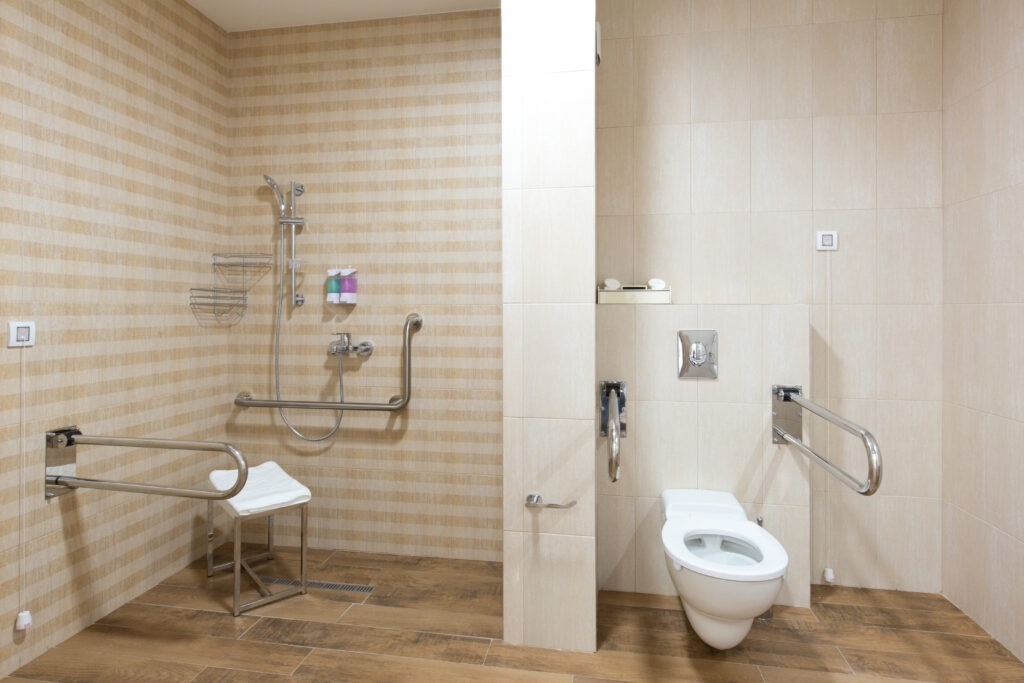Adapting activities to match a patient’s fluctuating energy levels throughout the day is crucial for maximizing their comfort and productivity. This approach involves understanding the natural fluctuations in energy and tailoring activities accordingly. Here’s how you can do it effectively:
## Understanding Energy Fluctuations
First, it’s important to recognize that energy levels naturally vary throughout the day. For most people, energy peaks in the morning shortly after waking, dips after lunch, and increases again in the evening. However, these patterns can vary significantly from person to person, especially for those with health conditions or disabilities.
## Identifying Peak and Low Energy Periods
To adapt activities, you need to identify when your patient’s energy levels are highest and lowest. This can be done by observing their behavior and performance at different times of the day. For example, if they seem more alert and active in the morning, that’s likely a peak energy period.
## Scheduling Activities
Once you’ve identified these periods, you can schedule activities accordingly. High-energy tasks, such as physical therapy or cognitive exercises, should be planned during peak energy times. Conversely, low-energy tasks, like reading or listening to music, are better suited for periods when energy is lower.
## Energy Conservation Techniques
Incorporating energy conservation techniques can also help manage energy levels effectively. This involves modifying activities to reduce fatigue and stress. For instance, using adaptive equipment or adjusting the environment can make tasks less strenuous. Occupational therapists often use activity logbooks to monitor energy patterns and tailor activities to minimize exhaustion.
## Tailoring Exercise to Energy Levels
Exercise routines should also be tailored to match energy levels. For example, during high-energy periods, more intense workouts can be scheduled. In contrast, gentle exercises like yoga or walking are more suitable for low-energy times. Understanding the body’s natural rhythms and adjusting exercise routines accordingly can enhance overall well-being.
## Prioritizing Rest and Rejuvenation
It’s equally important to prioritize rest and rejuvenation. Scheduling regular breaks and ensuring adequate sleep can help sustain energy levels throughout the day. Activities that promote relaxation, such as meditation or deep breathing exercises, can also be beneficial during low-energy periods.
## Empowering Patients
Empowering patients to understand and manage their own energy cycles is key. By educating them about their energy patterns and how to adapt activities, you can help them take control of their daily routines. This not only improves their quality of life but also enhances their independence and confidence.
In conclusion, adapting activities to match a patient’s fluctuating energy levels requires a thoughtful and personalized approach. By understanding their unique energy patterns and tailoring activities accordingly, you can help them maintain comfort, productivity, and overall well-being throughout the day.



